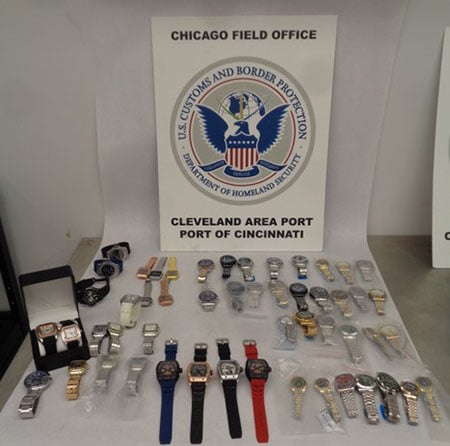If an angler could only have just one type of rod and reel, the logical choice would be spinning tackle.
Consider that there’s a spinning rod and reel combination well suited for most every gamefish species in Kentucky streams, lakes and rivers, every style of fishing, and fishing with both live bait and artificial lures.

The preferred reel is the open-bail spinning reel because they are available in a range of sizes and are the best choice for the most popular fish species, including trout, bluegill, crappie, black bass, and white bass.
Everyone who fishes spinning gear probably has personal preferences, but here’s a few observations:
• Anglers who hike into remote areas to fish for trout in small streams tend to prefer multi-sectioned ultralight pack rods such as the Daiwa Spinmatic-D Ultralight Pack Fishing Rod (MSRP $59.99), which is available in a range of lengths and actions, and includes a storage case that can be strapped to a day pack or backpack.
Small spinning reels paired up with pack rods are typically spooled with 4 to 6-pound test line since anglers cast small in-line spinners for trout.
• Anglers who target sunfish have several options for tackle and techniques.
A 6 1/2-foot spinning rod, and reel spooled in 6-to 8-pound test line is a popular combination.
When bluegills come up to the banks to spawn in ponds and small lakes, live bait rigs are a top choice.
The all-time favorite live bait rig might be a light wire, black, long-shank No. 10 hook, lead split shot and balsa wood or plastic snap-on stem float. Red worms, meal worms or bits of nightcrawler are top bait choices. A long shank hook is easier to remove, if the bluegill swallows the bait. A hemostat is a handy tool for this chore.

A fun option when bluegills are up shallow is fishing small wet flies behind a clear casting float. Typically about 2/12 inches long, casting floats have metal screw eyelets front and rear. The main line from the rod and reel is tied to the front eyelet, and a small wet fly is tied on an 18-inch leader, which is tied to the rear eyelet of the float. The angler simply casts out the rig, and very slowly reels it in, with a stop and go retrieve. Strikes are detected when the float backs up, or goes under.
• Probably a majority of anglers fish for crappie with live bait, usually fathead minnows or shiners.
But, casting small spinners and jigs is productive too.
Top lure choices include the Blakemore Road Runner, Leland Fin Spin, Berkley Fusion19 Underspin, and soft plastic curly tails and grubs.
A 6 1/2-foot medium-action rod and reel spooled with 8-pound test line is a popular choice.
• Casting small spinners and jigs for white bass in rivers during spring runs is popular in Central Kentucky.
The top two fishing waters might be the Salt River above Taylorsville Lake and the Dix River above Herrington Lake.
Lee McClellan, Associate Editor of Kentucky Afield Magazine, said he fishes 1/8-ounce jigs with a light to medium 6-foot fast action spinning rod, with a reel spooled in 6-pound test monofilament line. “Most white bass you’ll catch will be 11 to 12 inches long,” said McClellan. “Very rarely you’ll see a 14-inch fish.”

When white bass are acting finicky McClellan sometimes switches to a Popeye jig rigged below a small bobber. “Cast it out in the current and let it drift,” explained McClellan. “As for a color choice I like white but chartreuse and pink is good at times.”
He attaches the bobber to the line at variable depths until he gets a strike, typically about 12 to 16 inches above the jig.
• Black bass anglers typically fish longer, heavier action rods and higher test line, but choosing the best rod length depends on your preferred techniques, fishing location, and lure selection.
Typically, bass anglers spool their reels in 8 to 14-pound test line in most situations.
A 7-foot rod offers the most versatility. Longer rods increase casting distance and leverage. Shorter rods provide better accuracy.
Some popular rod and lure combinations include: 6 1/2-foot rods with topwater baits, 7-foot rods with crank baits, jigs, weighted plastic worms, and spinnerbaits. Longer rods and heavier line are typically fished when flipping and pitching jig and craw combinations to heavy cover.






















